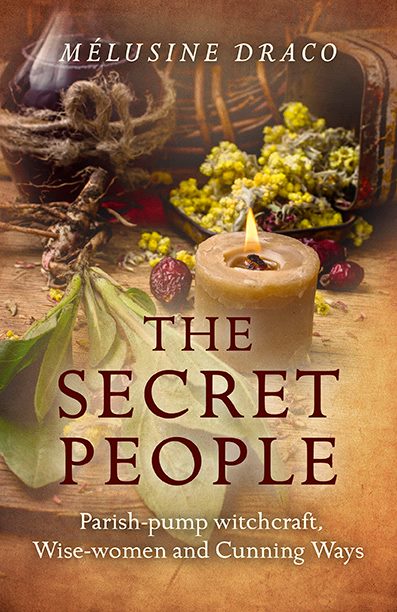
Perhaps it’s time to point out that Old Craft is an initiatory tradition and to coin an old biblical expression: Many are called but few are chosen because even those who scale the heights often fall when it comes to fulfilling their pre- or post-initiatory obligations. In truth, the majority of those who call themselves ‘witches’ are, in reality what were known as cunning-folk - local practitioners of magic, providing small-scale but valued service to the community. They were far more representative of magical practice than the arcane delvings of astrologers and necromancers.
Mostly unsensational in their approach, cunning-folk helped people with everyday problems: how to find lost objects; how to escape from bad luck or a suspected spell; and how to attract a lover or keep the love of a husband or wife. While cunning-folk sometimes fell foul of the authorities, both church and state often turned a blind eye to their existence and practices, distinguishing what they did from the rare and sensational cases of witchcraft. In a world of uncertainty, before insurance and modern science, cunning-folk played an important role that has previously been overlooked. This authentic , archaic and highly specialized tradition is best described in Popular Magic: Cunning-folk in English History by Owen Davies.
Or according to Wikipedia’s ‘comprehensive entries for …
Cunning folk, also known as folk healers, are practitioners of folk medicine, folk magic, and divination within the context of the various traditions of folklore in Christian Europe (from at least the 15th up until at least the early 20th century). The British cunning folk were known by a variety of names in different regions of the country, including wise men and wise women, pellars, wizards, dyn hysbys, and sometimes white witches. In most cases, it seems that individuals set themselves up as cunning folk with no former basis or training, although others came from a family background of professional magical practitioners.
The Cunning folk in Britain were professional or semi-professional practitioners of magic in Britain, active from the Medieval period through the early twentieth century. As cunning folk, they practised folk magic – also known as ‘low magic’ – although often combined with elements of ‘high’ or ceremonial magic, which they learned through the study of grimoires. Primarily using spells and charms as a part of their profession, they were most commonly employed to use their magic in order to combat witchcraft, to locate criminals, missing persons or stolen property, for fortune telling, for healing, for treasure hunting and to influence people to fall in love. Belonging ‘to the world of popular belief and custom’, the cunning folk’s magic has been defined as being ‘concerned not with the mysteries of the universe and the empowerment of the magus [as ceremonial magic usually is], so much as with practical remedies for specific problems’. However, other historians have noted that in some cases, there was apparently an ‘experimental or ‘spiritual’ dimension’ to their magical practices, something which was possibly shamanic in nature.
The cunning-tradition is an old and valid one and perhaps it’s time for us to investigate the background between the two practices and discover for ourselves what we truly are …
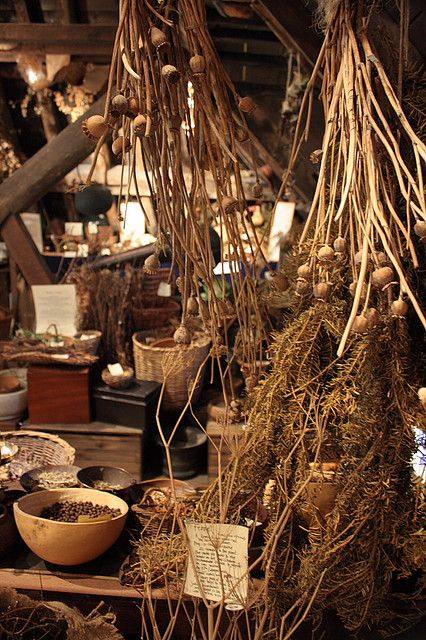
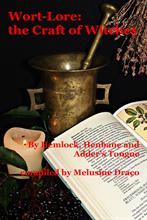

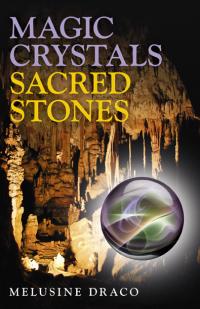

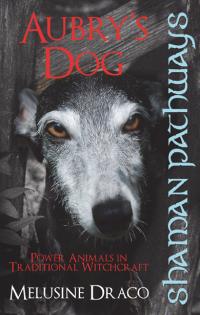


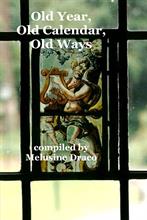

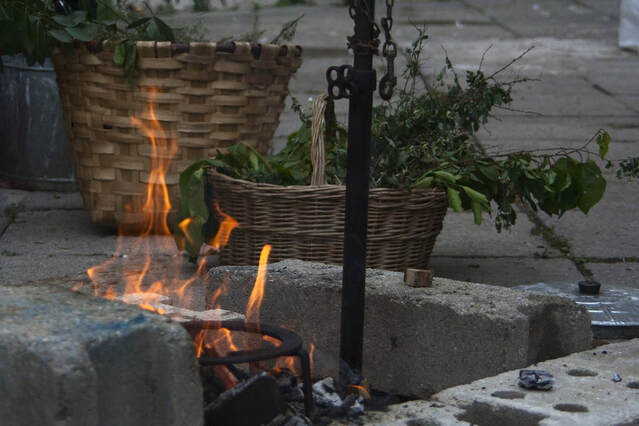

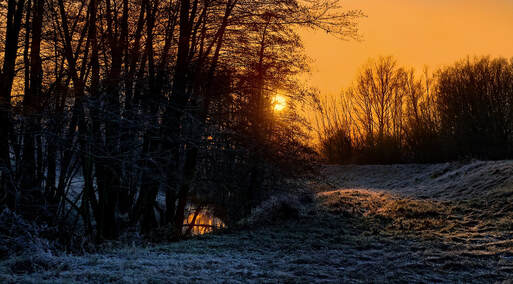
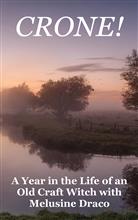

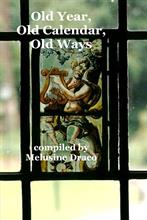

 RSS Feed
RSS Feed